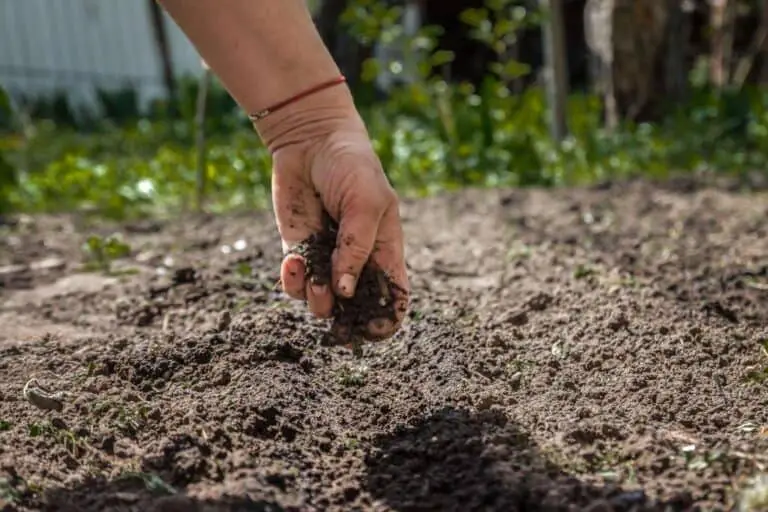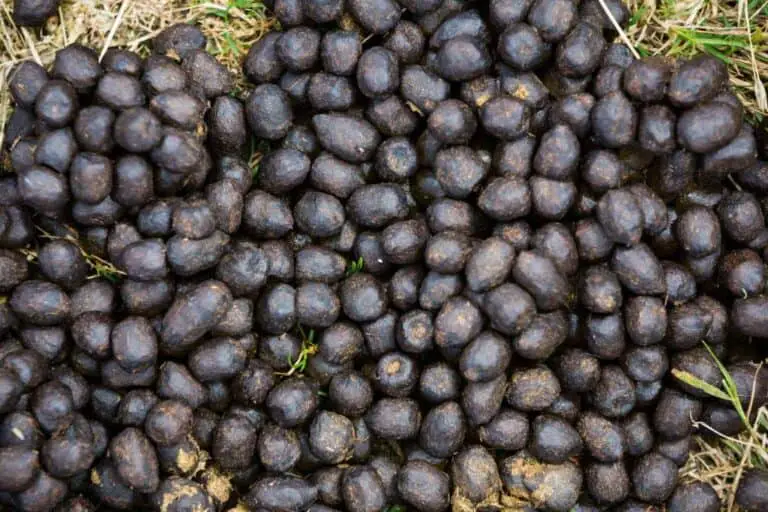Is Wood Ash Good for Plant Growth? Can I Use Wood Ash as Fertilizer?
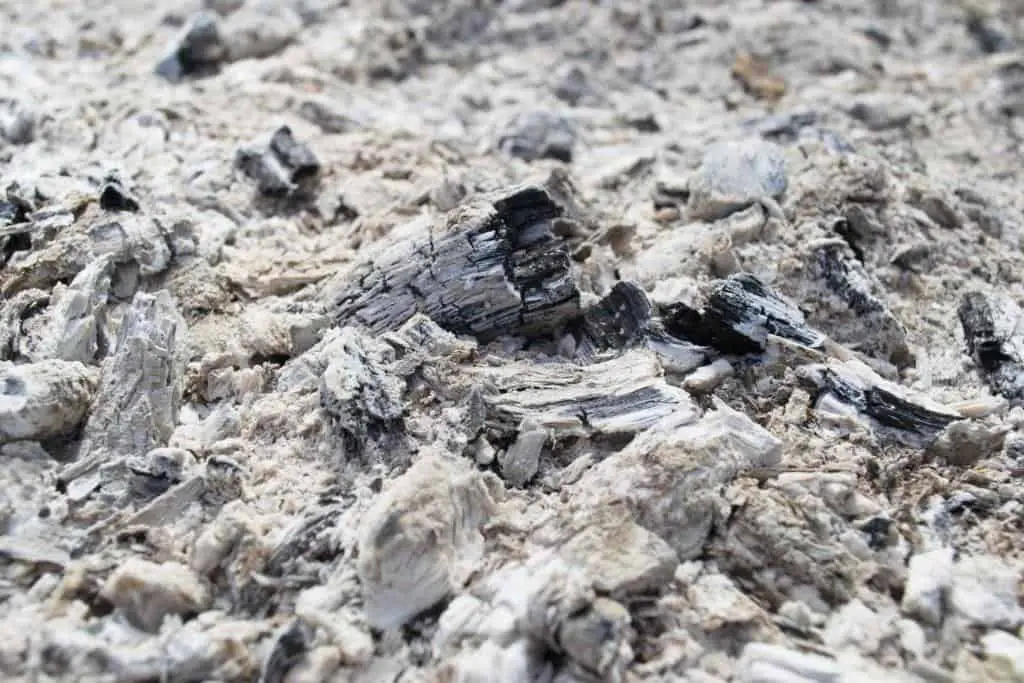
If you’re an avid gardener or simply enjoy growing plants, you may have heard of using wood ash as fertilizer. But is it really effective, and can it help your plants grow better?
In this article, we’ll take a closer look at the benefits and potential drawbacks of using wood ash as a soil amendment and explore how it can impact plant growth. By the end of this article, you’ll have a better understanding of whether or not wood ash is a suitable fertilizer for your garden and how to use it properly to help your plants thrive. So, let’s dig in!
Understanding the Nutrient Content of Wood Ash and Its Effects on Soil
While wood ash can provide many benefits to your plants, it’s important to understand its nutrient content and how it affects soil pH levels. Wood ash is primarily composed of potassium carbonate, with smaller amounts of calcium and magnesium carbonate. However, the exact nutrient content can vary depending on the type of wood burned and how it was burned.
One of the most important things to consider when using wood ash as fertilizer is its effect on soil pH. Wood ash is highly alkaline, with a pH level of around 10–12. This means that it can raise soil pH levels, which can be beneficial in acidic soils but can also be detrimental in alkaline soils.
If you’re unsure about the pH level of your soil, it’s a good idea to get it tested before using wood ash as fertilizer.
Is Wood Ash Good for Plant Growth?

Wood ash can be a beneficial addition to your garden soil due to its composition of nutrients and minerals that can help plants grow. These nutrients include calcium, potassium, magnesium, and phosphorus, which are essential for plant growth and development. Additionally, wood ash contains trace elements such as iron, zinc, and copper that can also be beneficial for plant growth.
It’s important to note that wood ash should be used in moderation. Excessive amounts of wood ash can raise the pH level too high, making the soil too alkaline and causing nutrient deficiencies in plants. You can use wood ash for grass lawns to quickly increase the pH of your lawn’s soil, as it contains high levels of alkalinity
Additionally, wood ash can contain harmful substances, such as heavy metals and contaminants, if it’s collected from sources like treated wood or trash fires.
To use wood ash as a soil amendment, you need to conduct a soil test to determine the current pH level and nutrient deficiencies in the soil. Based on the results, you can add wood ash in appropriate amounts to adjust the pH level and supplement the soil with the necessary nutrients.
In addition to its nutritional benefits, wood ash can also repel pests such as slugs and snails due to its abrasive texture. It can also act as a natural deodorizer and absorbent, making it useful for reducing unpleasant odors in the garden and around the home.
How to Properly Apply Wood Ash as Fertilizer for Maximum Plant Growth
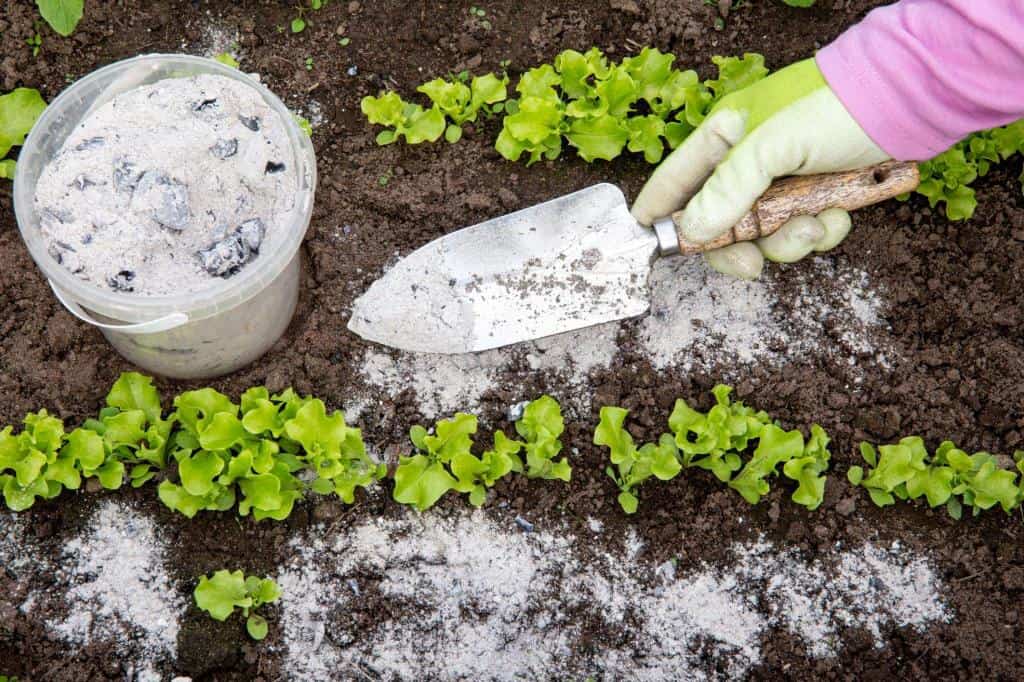
To get the most out of wood ash as fertilizer, it’s important to apply it properly. Here are some tips to keep in mind:
- Apply wood ash in moderation: Too much wood ash can lead to soil pH levels that are too high, which can inhibit plant growth. A general guideline is to apply no more than 20 pounds of wood ash per 1,000 square feet of soil per year.
- Avoid direct contact with plants: Wood ash can be abrasive and damage plant leaves and stems. It’s best to apply it to the soil around plants rather than directly on the plants themselves.
- Mix it into the soil: To ensure that the nutrients in wood ash are distributed evenly, it’s best to mix it into the top 2–3 inches of soil.
- Don’t apply it to newly planted areas: Wood ash can be harmful to newly planted seedlings, so it’s best to wait until they have established roots before applying wood ash.
- Water the soil after application: This will help to prevent the wood ash from blowing away and will also help to distribute the nutrients evenly.
Common Mistakes to Avoid When Using Wood Ash as Fertilizer
When using wood ash as fertilizer, there are some common mistakes that you’ll want to avoid. Here are a few things to keep in mind:
- Don’t use wood ash from treated wood: Wood that has been treated with chemicals should not be burned or used as fertilizer, as it can be harmful to plants and the environment.
- Don’t use wood ash as a substitute for lime: While wood ash can help regulate soil pH levels, it should not be used as a substitute for lime. Lime is specifically designed to raise soil pH levels and is more effective at doing so than wood ash.
- Don’t apply wood ash too frequently: Applying wood ash too frequently can lead to soil pH levels that are too high, which can cause nutrient deficiencies and inhibit plant growth.
- Don’t apply wood ash to plants that prefer acidic soil: Some plants, such as blueberries and rhododendrons, prefer acidic soil and may not benefit from the use of wood ash as fertilizer.
Other Uses for Wood Ash Around the Home and Garden
In addition to its use as fertilizer, wood ash can also be used for a variety of other purposes around the home and garden. Here are a few examples:
- Pest control: Wood ash can be used to deter slugs, snails, and other pests from eating plants. Simply sprinkle a line of ash around the base of the plants.
- Composting: Wood ash can be added to compost piles to increase the pH level and help break down organic material.
- Cleaning: Wood ash can be used as a natural cleaning agent for surfaces such as glass, metal, and tile.
- Deodorizing: Wood ash can help absorb odors in areas such as litter boxes, trash cans, and refrigerators.
Conclusion
In conclusion, wood ash can be a great natural fertilizer for your plants, but it’s important to use it properly and in moderation. Remember to test your soil pH levels before applying wood ash and to avoid using it on plants that prefer acidic soil.
By following these guidelines, you can reap the benefits of using wood ash as fertilizer while also promoting healthy plant growth and a sustainable environment. And don’t forget to explore the other ways you can use wood ash around your home and garden!
FAQs on Using Wood Ash as Fertilizer for Your Plants
Can I Use Wood Ash on Any Type of Plant?
While wood ash can be used on many types of plants, it’s important to keep in mind that some plants prefer more acidic soil and may not benefit from the use of wood ash. Examples of plants that prefer acidic soil include blueberries, rhododendrons, and azaleas. It’s also important to note that wood ash should be used sparingly and in moderation, as too much can cause soil pH levels to become too high, which can lead to nutrient deficiencies and inhibit plant growth.
How Do I Apply Wood Ash to My Plants?
To apply wood ash to your plants, simply sprinkle a thin layer over the soil and lightly work it into the top layer of soil. Avoid applying wood ash too close to the base of the plant, as this can cause the plant to burn. It’s also a good idea to water the plants immediately after applying wood ash, as this will help prevent the ash from blowing away in the wind.
How Much Wood Ash Should I Use?
The amount of wood ash you should use will depend on several factors, including the type of plant you’re fertilizing, the size of the plant, and the pH level of your soil. As a general rule of thumb, it’s recommended that you use no more than 20 pounds of wood ash per 1,000 square feet of soil per year. It’s also a good idea to test your soil pH levels before applying wood ash, as this will help you determine how much you need to use.
Is Wood Ash Safe for Organic Gardening?

Yes, wood ash is safe for organic gardening, as long as it’s sourced from untreated wood. It’s important to avoid using wood ash that’s been treated with chemicals, such as pressure-treated wood or wood that’s been painted or stained. It’s also a good idea to avoid using wood ash from burned trash or other materials, as this can contain harmful toxins that can be harmful to your plants and the environment.
How Long Does Wood Ash Last in the Soil?
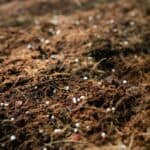
Wood ash can remain in the soil for several months to a year, depending on factors such as rainfall, soil pH levels, and the type of soil. Over time, wood ash will break down and release its nutrients into the soil, providing a slow-release fertilizer for your plants.



